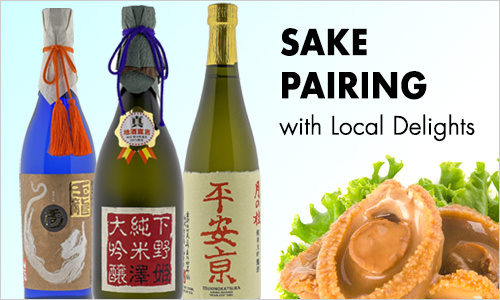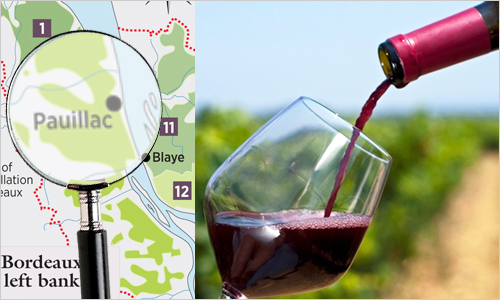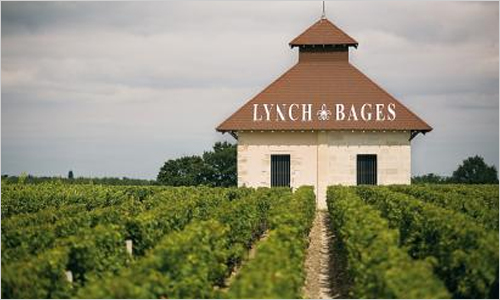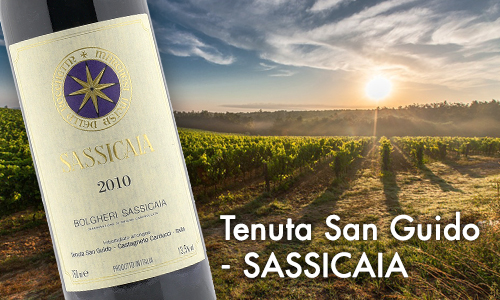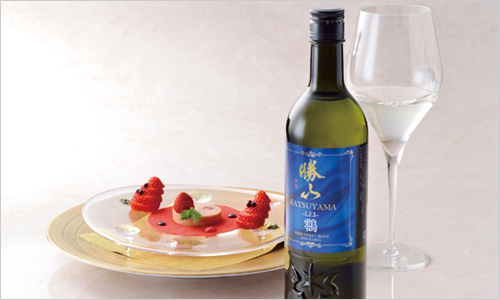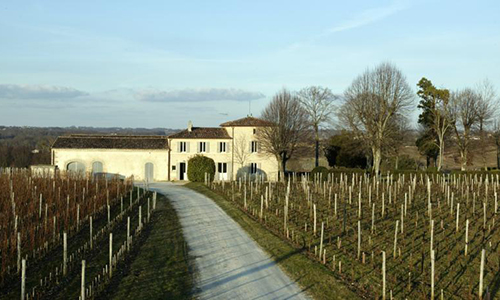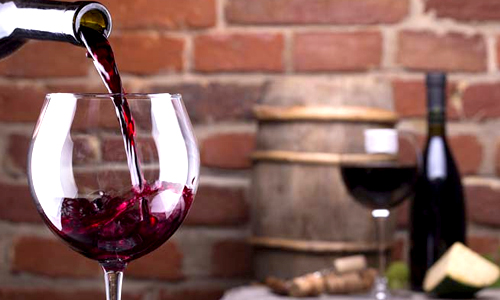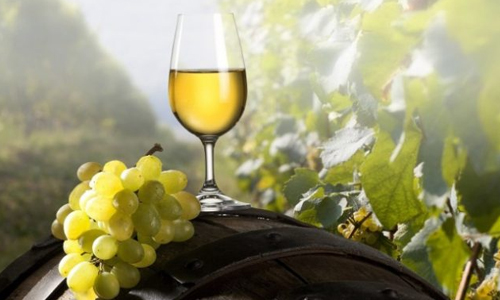Sake is an incredibly unique, enigmatic, and versatile beverage that can compliment food just as wonderfully as wine.
Mentioning “sake”, most of us will picture our imaginations together with the old Kyoto architectures, ladies in kimono, the fresh and delicious sashimi, with the scents of woods, rice-made alcohols. Surprisingly, they can go very well with local delights, evoking great deals of mouth-watering sensations that we have never been trying or imagining it! Can’t wait to KANBAI the shot of the well-chilled sake with the irresistible sumptuous feast:
Continue reading Pairing traditional sake with non-traditional delights

